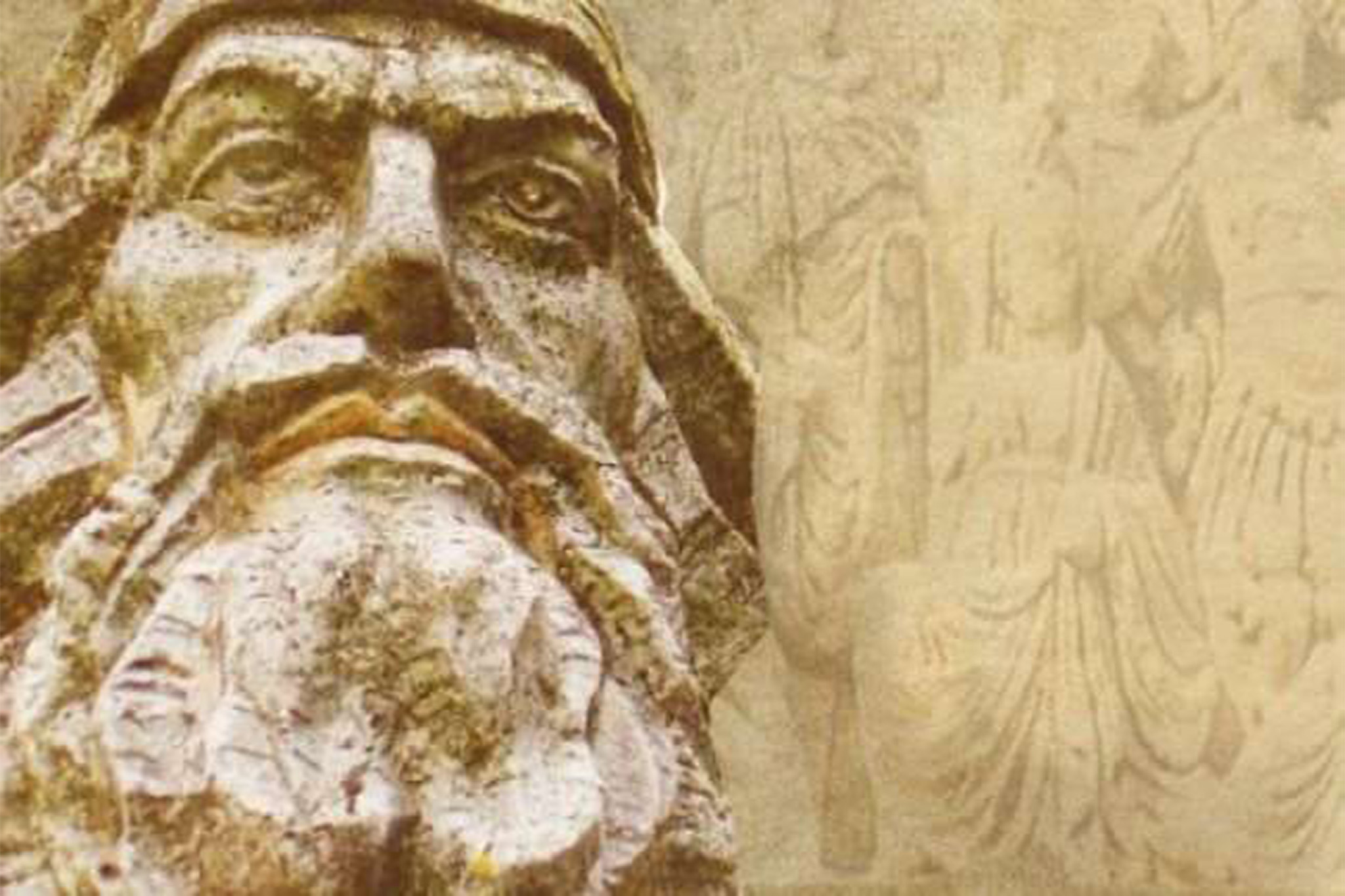The legend of Geto-Dacian King’s Water is a fascinating blend of ancient mythology, historical accounts, and modern scientific validation, presenting a unique narrative about the mystical and healing properties of a sacred spring in the Apuseni Mountains. Here’s a structured breakdown of its key elements:
- Mythological & Historical Roots
● Zamolxis & the Sacred Spring:
o Zamolxis, the supreme god-king of the Dacians, discovered a spring rich in gold and silver, which became known as the "elixir of longevity" and a source of Dacian strength.
o The water was believed to grant wisdom, vitality, and even immortality, as Zamolxis promised his people they would not die but instead transcend to a paradisiacal realm.
● Roman Fascination & Invasion:
o The Romans, particularly Emperor Trajan, were drawn to Dacia not only for its gold (over 255 tons extracted) but also for the legendary "Water of Immortality."
o Roman prisoners reported that Dacian women bathed in this water, maintaining youth and beauty, which fueled envy among Roman nobility, including Empress Pompeia Plotina.
- The Legacy of the Spring
● Location: The spring is said to originate in Stănija (Hunedoara), a gold-rich area in the Apuseni Mountains, where mining dates back to antiquity.
● Historical Preservation:
o Gold and silver from Stănija’s mines are displayed in Europe’s unique Gold Museum in Brad (Hunedoara).
o The spring has remained active since Dacian times, with locals attributing healing properties to its waters.
- Modern Scientific Validation
● Isotopic Gold & Silver:
o Analyses in Vienna and Stockholm reportedly confirmed the water contains gold and silver in isotopic form—a rare, biologically beneficial state.
o Nobel laureate Ahmed Zewail’s research on femtochemistry (energy vibrations at the molecular level) supports the idea that isotopic metals in water can enhance vitality.
● Health Benefits:
o The water is claimed to prevent modern diseases and contribute to the longevity of locals, some living up to 100 years.
o Unlike typical mineral waters, its isotopic structure allows for unique energetic resonance, amplifying its effects.
- Cultural & Spiritual Significance
● The legend ties Romanian identity to its Geto-Dacian heritage, portraying water as a divine gift linked to national resilience and wisdom.
● The narrative blends ancient spirituality with pseudo-scientific claims, creating a modern mythos around natural resources.
Controversies & Interpretations
● While the story is compelling, some elements (like isotopic metals' effects) lack widespread scientific consensus.
● The legend may reflect nationalist pride or marketing narratives (e.g., for mineral water brands or tourism).
Conclusion
The King’s Water legend is a captivating fusion of Dacian mythology, Roman history, and speculative science, framing the Apuseni Mountains as a land of hidden wonders. Whether taken as folklore or a claim awaiting further study, it underscores the enduring mystique of Romania’s ancient past.
